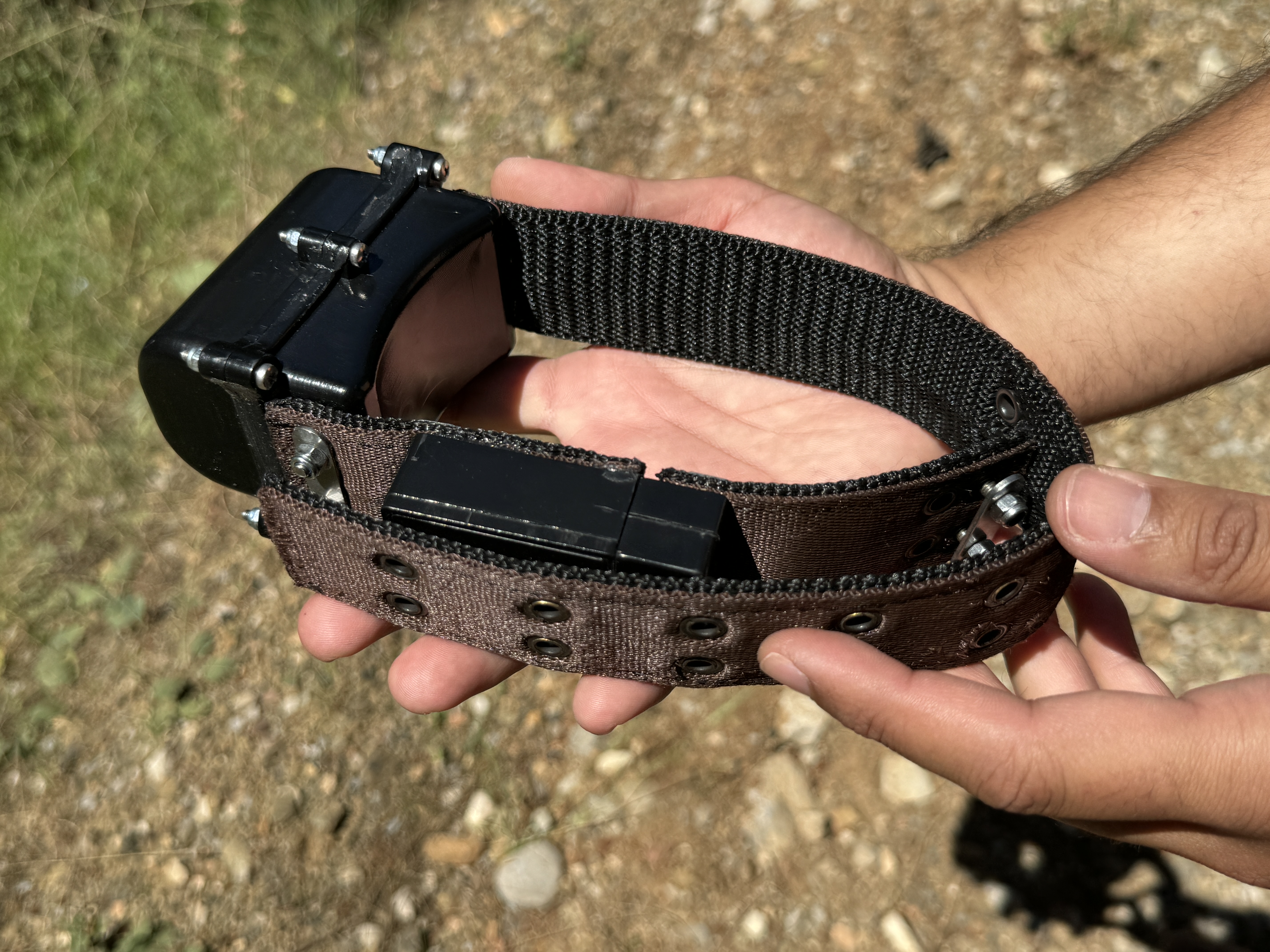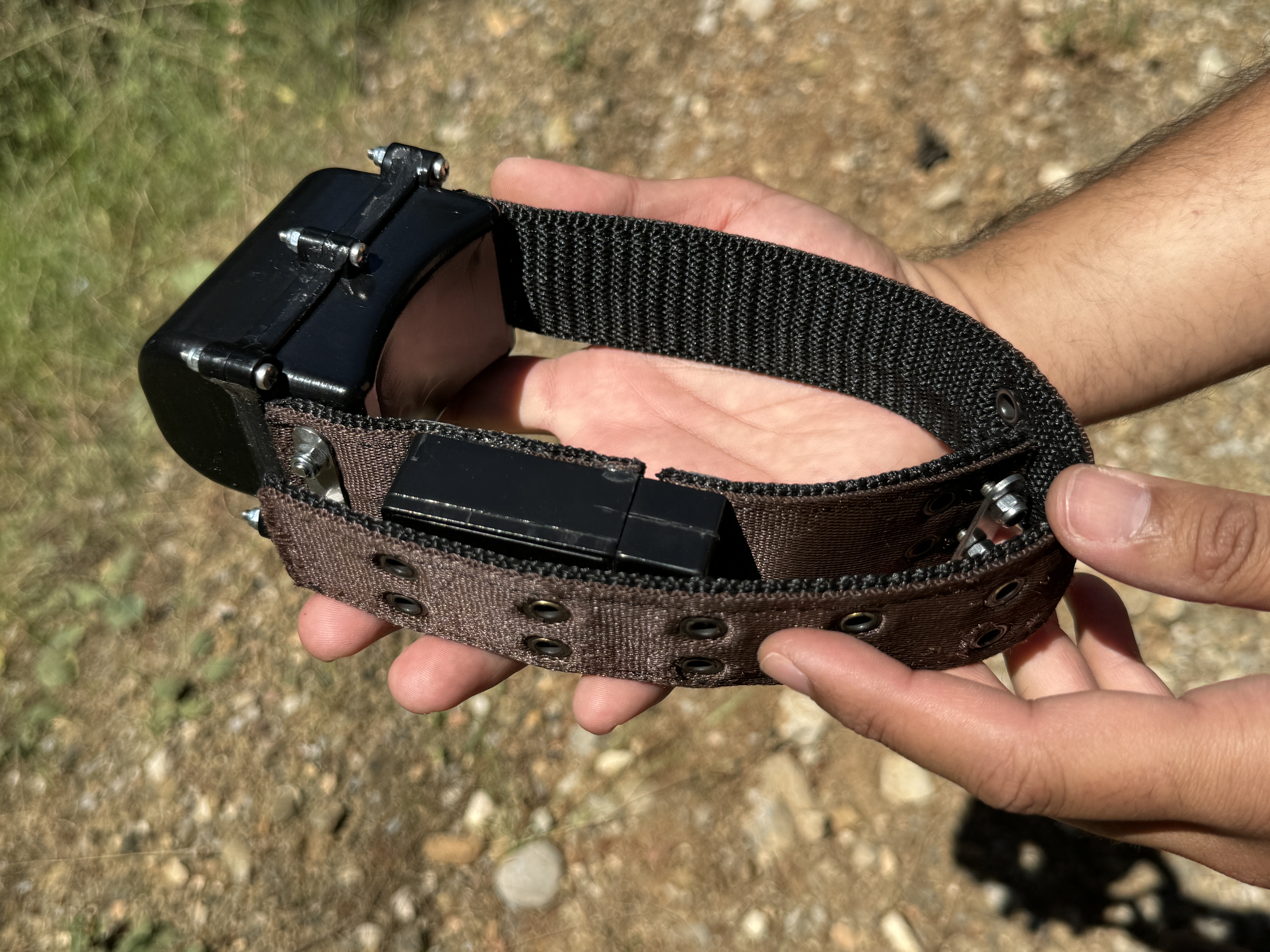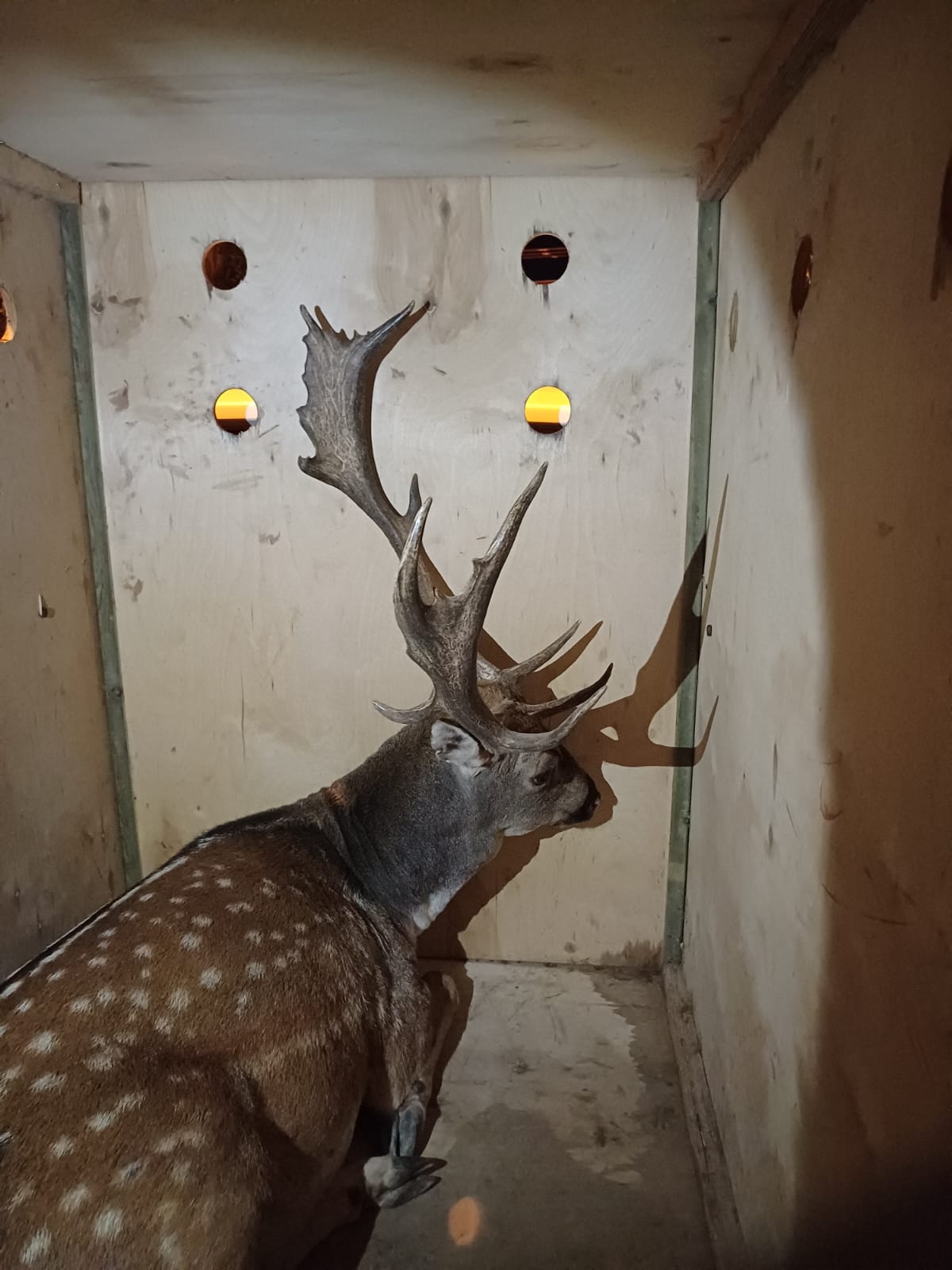
The fallow deer population in Antalya booms, with GPS collars revealing their natural habitat and breeding grounds
In a bid to identify suitable habitats for Türkiye's native fallow deer, Antalya's Nature Conservation and National Parks Branch Directorate (DKMP) teams are deploying GPS tracking to monitor the breeding behavior of these deer in their natural environment.
For fallow deer, which are under the threat of extinction in Türkiye, a team of six people from the DKMP branch directorate continues to work in the Esen Island Wild Animals Breeding Place, which is 521 hectares in size, created in the Duzlercami Wildlife Development Area.
Their efforts have brought the fallow deer population back from the brink of extinction. In the 1960s, their numbers had dwindled to seven. Today, there are over 300 fallow deer thriving once more.

To ensure the long-term survival of this genetically unique population, deer reproduced in this region are carefully relocated to other suitable habitats across the country. This strategy helps mitigate threats like epidemics, wildfires, and other unforeseen events that could devastate the entire population if concentrated in a single location.
Fallow deer are released to natural areas in Isparta, Mugla and Aydin, especially in Kas and Manavgat districts of Antalya.
Some fallow deer are being tracked by satellite signals with chip collars. This study provides information about the adaptation of animals to their new environments. The natural area that the animals adopt as their habitat, feeding and breeding grounds is examined. In this way, new fallow deer are transferred to areas with the same or similar natural conditions.

According to Chief Veterinarian Erturk Recber, head of the Esen Island Wild Animals Breeding Place, this focus on conservation has been further bolstered by the recent declaration of the Duzlercami region within the borders of Dosemealti district as a protected area specifically for fallow deer.
Stating that efforts are being made to continue the generations of these deer in the region, Recber said, "The first protection work started with seven fallow deer in an area of 34 hectares. As our fallow deer multiplied, the area became insufficient. In 2002, our 521-hectare Esen Island Fallow Deer Breeding Station was registered and we transferred the animals here. We have been continuing our operations for 22 years."

Recber, noting that they have chipped three fallow deer, one of which is a female, which they caught in the first place this year, said, "In 2024, our chipping procedures will continue and this year we will have four chips. The collars with chip features do not harm the fallow deer in any way. It is worth reminding that hunting of pure breed fallow deer is prohibited and serious fines are imposed."
Source: Newsroom